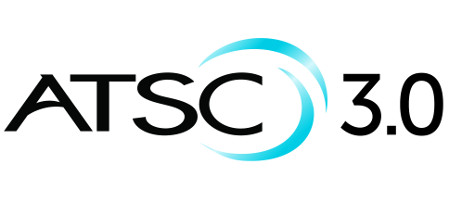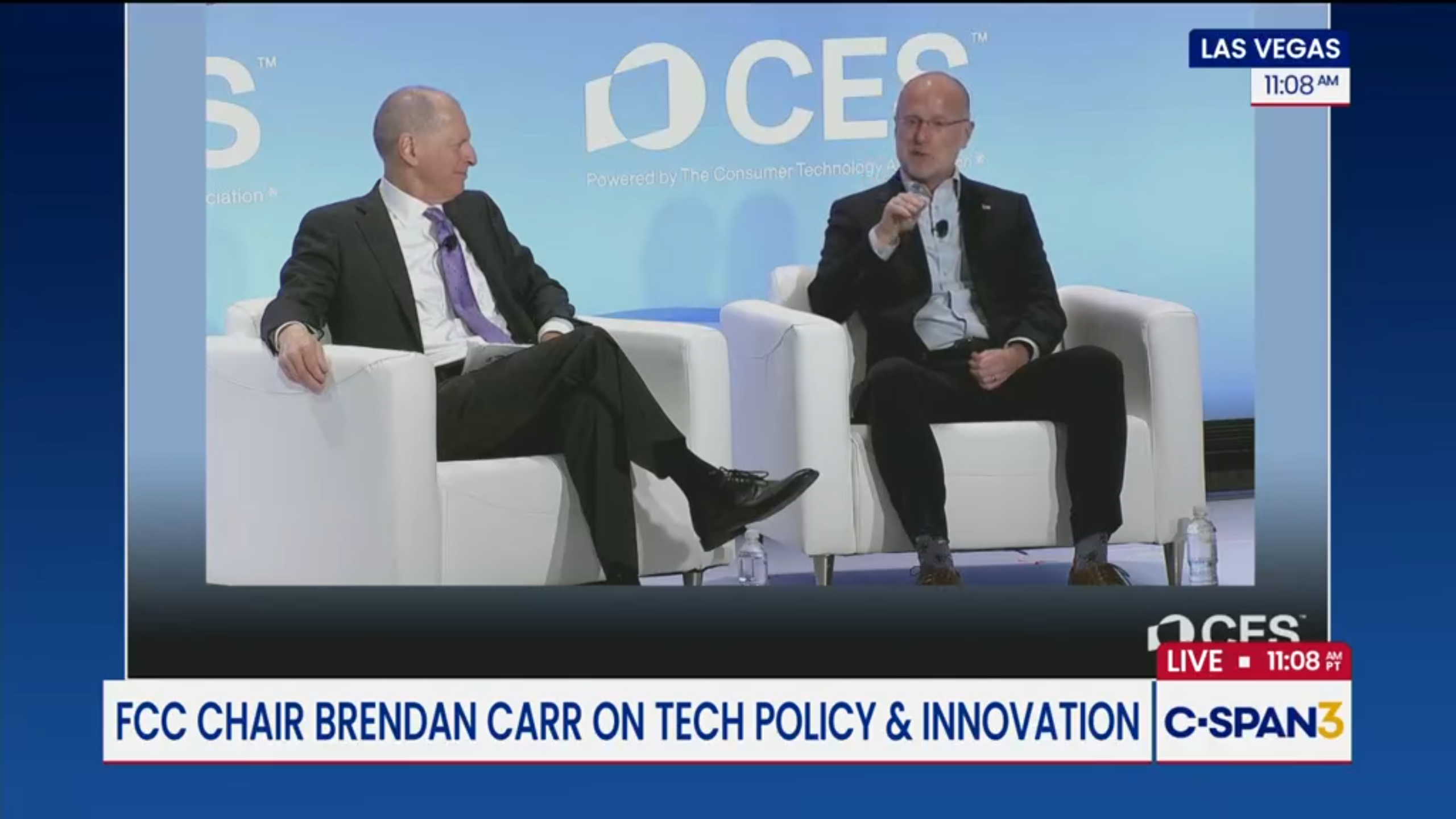While our industry slowly makes the move to IP (slower than most realize), the transition to ATSC 3.0—which combines IP with over-the-air broadcasting—is on the fast track. There are still some issues yet to be resolved (primarily how the repack will affect the rollout and how ATSC 3.0 will be handled by MVPDs); however the standard is pretty much complete, and this year’s spring NAB Show will mark its coming-out party.

We’re only in March and already 2017 is shaping up to be a momentous year for ATSC 3.0 (also known as “next gen TV”). It started in early January when the first ATSC 3.0-enabled televisions made their debut at CES in Las Vegas. Although they target the Korean market, LG’s 4K Ultra HD TVs and large-screen smart TVs will have both ATSC 1.0 and ATSC 3.0 tuners. Later that month, the FCC, under the leadership of new Chairman Ajit Pai, issued its plan for voluntary adoption of the standard, setting in motion the process by which the commission will develop the guidelines for the transition.
After years of neglect (and sometimes outright contempt) from various FCC chairmen, Pai is the commission chief the broadcast industry has been waiting for; his appointment as chairman is perhaps the best news yet for the advancement of next gen TV.
In February, the FCC unanimously voted to allow broadcasters to deploy ATSC 3.0 voluntarily and issued a “Notice of Proposed Rulemaking,” which is currently limited to what developers have promoted as the “gamechanger” for next gen TV, A/321, “System Discovery and Signaling,” aka the bootstrap layer.
Although the regulatory process is now on track, broadcasters have been testing ATSC 3.0 for quite some time, with WRAL in Raleigh, N.C., launching the first live ATSC 3.0 simulcast last summer, Sinclair Broadcast and ONE Media Group conducting ATSC 3.0 trials over single-frequency networks in the Baltimore-Washington D.C. area and Tribune Broadcasting’s WJW-TV in Cleveland conducting ATSC 3.0-related field tests, as well as Quincy Media’s early field tests with WKOW-TV in Madison, Wis. Last month, the FCC issued an experimental license for ATSC 3.0 test broadcasts for WatchTV, an LPTV based in Portland, Ore.
The enthusiasm for the new standard was reflected in a bullish report from industry research firm BIA/Kelsey, which last month predicted that ATSC 3.0 could pay for itself within three years. The company cited increased viewership gained through improved 4K broadcasts, and targeted advertising and new non-broadcast opportunities enabled via IP as reasons for the rapid growth.
Whether or not these predictions are realized will depend on our industry’s support for the new standard and whether consumer electronics manufacturers will follow. There will be numerous new products and services for next gen TV on the NAB Show floor as well as a host of seminars and conferences covering the latest developments and new opportunities. This is the year for ATSC 3.0, and Las Vegas in the last week of April will be the place to be.
The professional video industry's #1 source for news, trends and product and tech information. Sign up below.
For more on this subject, visit our ATSC 3.0 silo.
Tom has covered the broadcast technology market for the past 25 years, including three years handling member communications for the National Association of Broadcasters followed by a year as editor of Video Technology News and DTV Business executive newsletters for Phillips Publishing. In 1999 he launched digitalbroadcasting.com for internet B2B portal Verticalnet. He is also a charter member of the CTA's Academy of Digital TV Pioneers. Since 2001, he has been editor-in-chief of TV Tech (www.tvtech.com), the leading source of news and information on broadcast and related media technology and is a frequent contributor and moderator to the brand’s Tech Leadership events.

